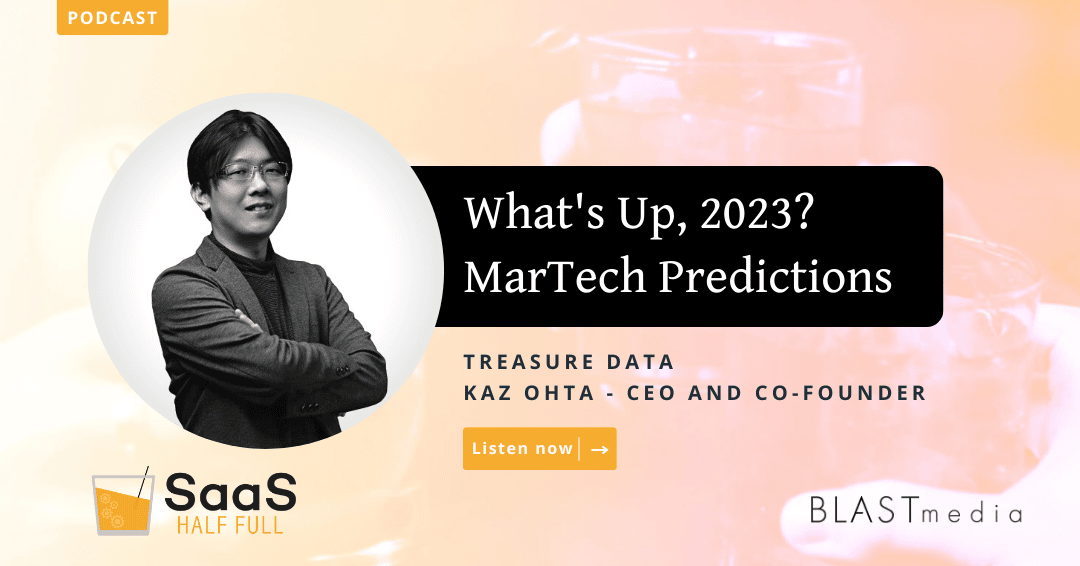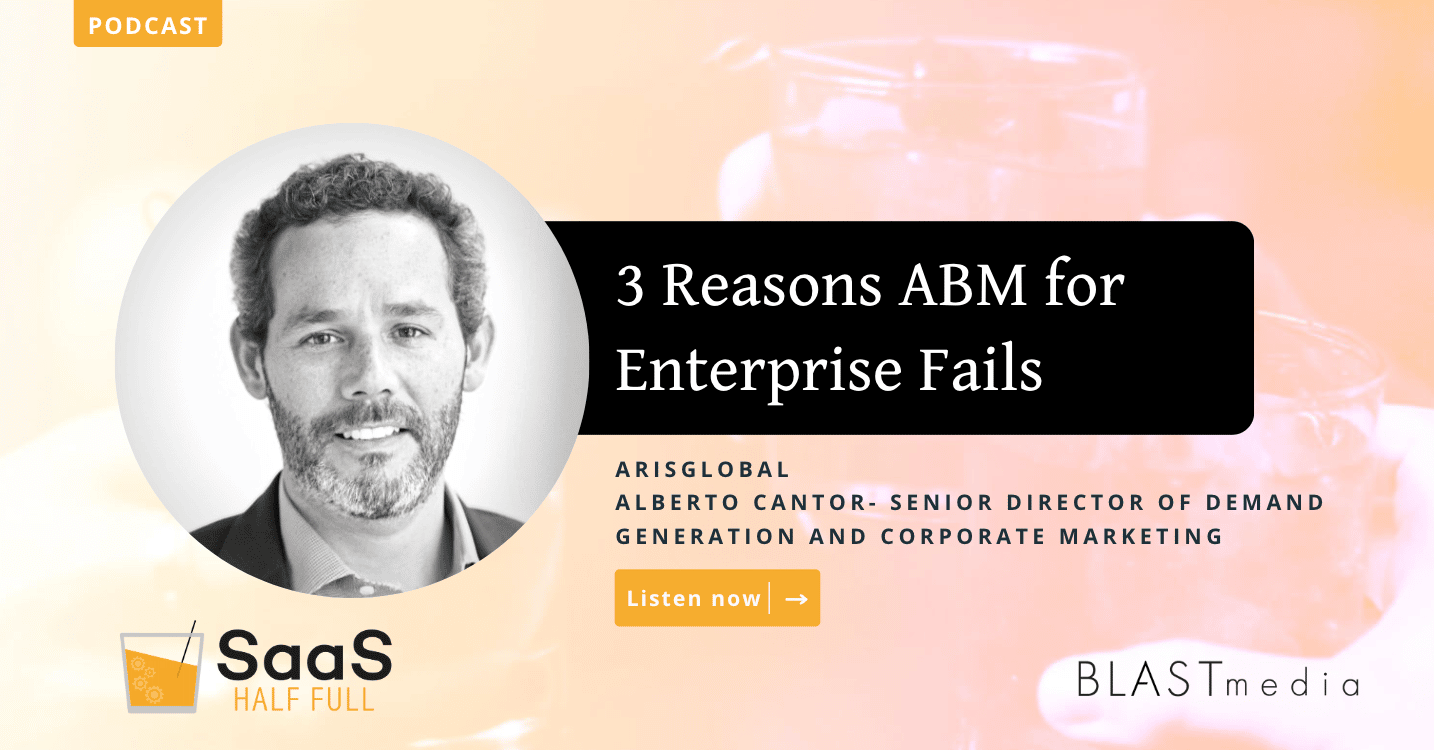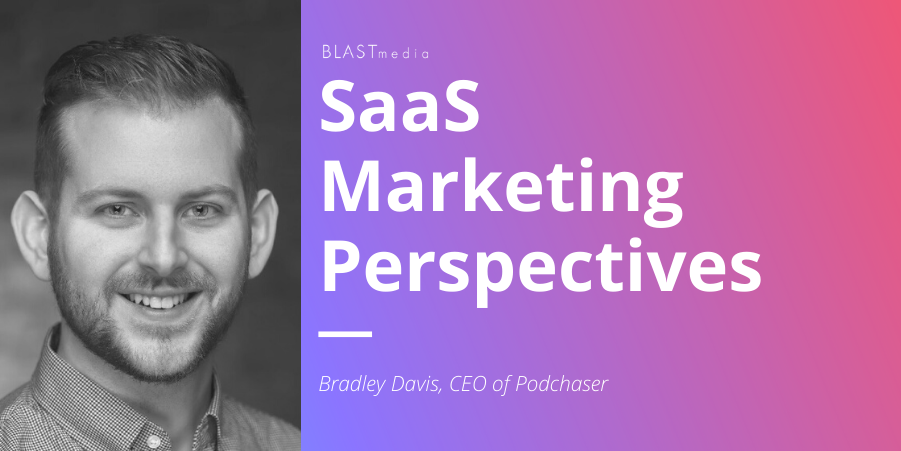It’s that time of year again! Marketing industry predictions are one of our favorite topics, and we’re sticking with the tradition. To share 2023 B2B SaaS marketing predictions, we have Kazuki Ohta, CEO and Co-founder of Treasure Data, a leading customer data platform. In this episode, Kaz and Lindsey discuss predictions like the rise of Chief Customer Officers, what will replace cookie-driven strategies, and the trend of proactive data governance.
Chief customer officers will be all the rage
Marketing has evolved tremendously over the past decade. According to Kaz, what was previously a single-channel initiative has become an all-consuming omnichannel effort. Many executives — including CEOs — are getting involved to reflect this change, and an executive role has emerged: the chief customer officer. The chief customer officer ensures success across all virtual touchpoints, placing the customer experience (CX) as the top priority.
“Within the next five to ten years, people will figure out… digital strategy [should be] the central function of a company. And when it comes to digital… it’s all about customer centricity,” said Kaz. Relatedly, Kaz mentioned that data analytics spending has skyrocketed in the past few years and will likely increase next year. This is interesting because marketing budgets are tightening in many other areas. According to Kaz, the explanation for this dichotomy is more straightforward than it may seem. As more executives and stakeholders invest in marketing, they need more data to verify that CX is prioritized.
Deprecation of third-party cookies will lead to inventive retail methods
Reports of the third-party cookie’s death have been greatly exaggerated because third-party cookie deprecation has been delayed several times. Despite these delays, Kaz said several organizations have already moved away from relying on third-party cookies. Why? iOS blocks cookies by default, so it’s economical to create experiences that conveniently (and compliantly) collect consumer information in other ways.
According to Kaz, the method through which organizations collect consumer data will be influenced by (1) legal requirements and (2) transparency.
“As a consumer, you want more transparency from brands. And for marketers, once you get trust, there are more people who give you more information. And by using that information, you can make your marketing campaign more efficient,” said Kaz. “So, the legal portion, customer experience portion and marketing campaign portion has to come together.”
The good news is that new methods of cookie-collecting have resulted in innovative retail campaigns. For example, retailers that track consumers’ purchase histories natively can use that information to stock physical shelves properly. Do consumers in Indiana buy more of a specific product than consumers in Kentucky? If so, that will be reflected in physical inventory systems, decreasing product churn across the board.
Data governance will become top of mind
As part and parcel of new consumer tracking methods, Kaz predicted that companies will increasingly seek data governance and compliance help. After all, improper tracking can lead to costly lawsuits and millions in lost consumer trust.
“Marketing became single-channel, omnichannel and [then] omni-departmental. When that customer data gets used across the organization, you have to think more holistically,” said Kaz. “And your trust is everything, right? So you have to treat your customer in a different way.”
To listen to more of Kaz’s insights, listen to Episode 339 of SaaS Half Full.





